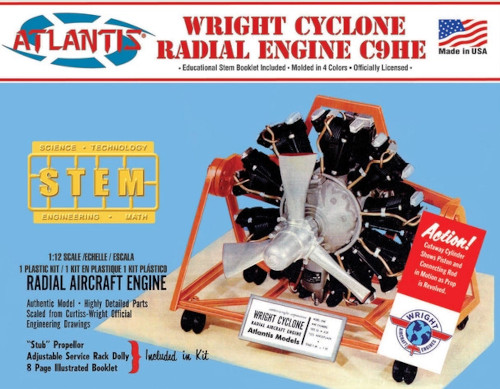
Information and Orders: 1-406-259-9004
Hours: Mon - Sat 10-6 MST
Central Hobbies
1401 Central Avenue
Billings, MT 59102
We Gladly Accept:

as well as

PLASTIC MODELS : AIRPLANES / HELICOPTERS
Shipping cost will vary by dimensions
or weight please call or email for shipping quotes.
- Page 9 of 12 | 140 Total Products
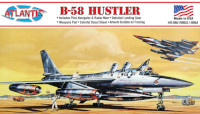
ATLANTIS 1/93 B-58 Hustler
Description:
1/93 Scale.
Comes from the Original Revell tooling dating back to the late 1950's.
Molded in Silver with clear parts and waterslide decals.
Measures 11.5 inches long with a 7.5 inch wingspan.
67 parts

Our Price: $19.99
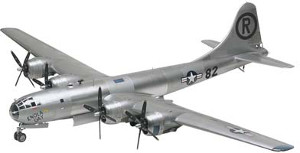
1/48 B-29 Superfortress
Description:
This is the 1/48 Scale B-29 Superfortress
Plastic Model Kit by Revell Monogram.
Suitable for Ages 14 & Older.
FEATURES: Highly detailed plastic pieces molded in light grey and clear
Two atomic bombs, "Fat Man" and "Little Boy"
Full interior detail
Two styles of propellers
Waterslide decals
Illustrated instructions
MARKING
OPTIONS: One decal sheet with markings for 3 versions:
1) Enola Gay B-29 Superfortress
2) Bockscar B-29 Superfortress
3) El Pajaro De La Guerra B-20 Superfortress
INCLUDES: One plastic model
Our Price: $71.99
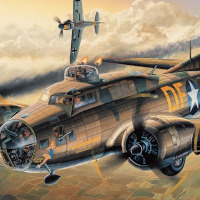
1/72 B-17F MEMPHIS BELLE
Description:

Our Price: $53.00
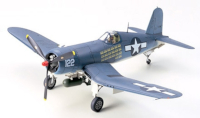
TAMIYA 1/48 Vought F4U-1A Corsair
Description:
With its 2,000hp engine and distinctive inverted gull wings, the F4U Corsair was an excellent fighter which served on the frontlines from WWII to the Korean War. This kit depicts the F4U-1A variant which first entered service in the summer of 1943 and was the mount of many famous U.S. Navy and Marine Corps aces. Characteristic features such as the taller seat, longer tailwheel, and improved canopy have all been accurately reproduced, and the wings may even be assembled in folded position. Parts for 1,000lb bombs, drop tanks, and two pilot figures, as well as two marking options are included.
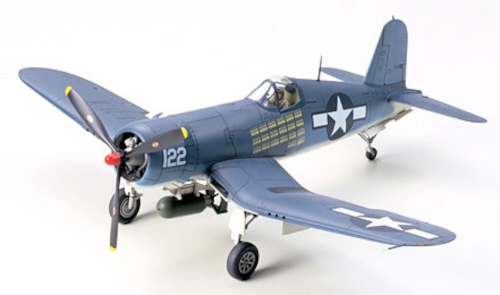
Our Price: $30.99
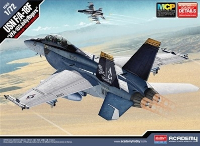
ACADEMY 1/72 USN F/A-18F
Description:
This F/A-18F supersonic jet interceptor is a tandem two-seater with twin engines. The VFA-103 supported Operations Iraqi Freedom, Enduring Freedom and operations off the Somali coast. The model can be built in the parked or in-flight configuration. Various air-to-air and air-to-surface weapons are included. The kit features excellent detailing with choice of stickers or decals.
- New Tooling / Multi-Colored Parts (MCP), no painting needed
- Current version of USN carrier based-aircraft
- External fuel tank; weaponry includes AIM-9X, AIM-120C, GBU-38 and targeting pod
- Snap-type, assembles without glue.
- Accurately detailed panel lines & rivets
- Choice of sticker or decal

Our Price: $36.99
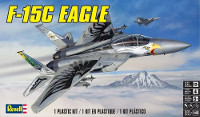
REVELL 1/48 F-15C Eagle
Description:
Dominating the sky. With an exceptional 100 victories and zero losses in air-to-air combat, the F-15C Eagle could easily be considered the most successful aircraft in the USAF today. A product of the lessons learned during the Vietnam War, the F-15 has served since 1978. It's powerful, maneuverable-a true, thoroughbred dogfighter through and through. Kit features special decals for Oregon ANG, 173rd Fighter Wing 75th anniversary plus missiles, drop tank, and optional open nose cone.
-500(1).jpg)
Our Price: $29.95
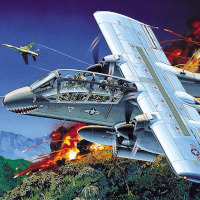
ACADEMY 1/72 OV-10A Bronco
Description:

Our Price: $16.49
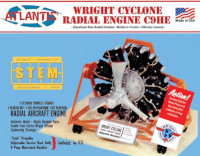
Wright Cyclone Engine 1/12 scale plastic model kit made in t
Description:
Our Price: $34.99
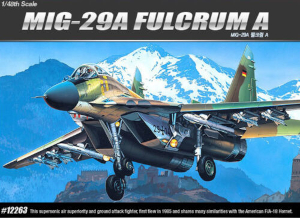
ACADEMY 1/48 Academy MiG29A Fulcrum Fighter
Description:
Academy M-29A Fulcrum A Plastic Jet Model Kit
1/48 Scale
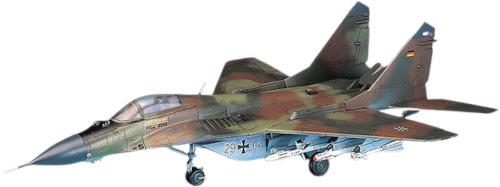
Our Price: $35.90
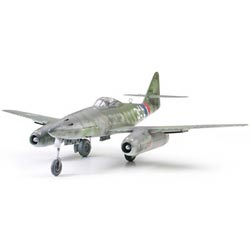
TAMIYA 1/48 Messerschmitt ME-262 A-1A
Description:
The revolutionary Messerschmitt ME-262 was the first jet powered plane to see service. The construction of pre-production aircraft designated Me262 A-0 started in April 1944 but the fighter production version that should have been the first version to be mass-produced was delayed because of Hitler's strict contrary orders prioritizing the deployment of fighter/bomber A-2a version. Then, in November 1944, the ME-262 A-1a fighter version was finally put into production. It was equipped with four 30mm cannons in the nose to counter Allied bombers and escorting fighters. Late production planes were equipped with hooks under the nose to mount rocket launchers and with 24 R4M air-to-air rocket under the wings making the ME-262 the most feared German fighter by Allied pilots.
Tamiya presents the plastic assembly kit of the Messerschmitt ME-262 that was used by the Luftwaffe during the closing days of WWII. 1/48 Scale, Overall Length: 221mm, Overall Width: 264mm. The unique form of the ME-262 with its engine nacelles under each wing has been accurately replicated. The 4 X 30mm cannon mounted in the nose and cockpit have been reproduced down to the finest details. Canopy and gun bay access panels can be mounted in either open or closed position. R4M air-to-air rockets with launchers to be mounted under the wings and W.Gr 21 air-to-air rocket-launchers to be assembled under the nose are part of the kit. Nose wheel well comes as a die-cast weight. A pilot figure and decals for 4 different markings are included in the kit.
Our Price: $45.99
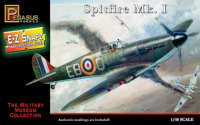
PEGASUS 1/48 Spitfire Mk.1 E-Z Snapz
Description:
Our 1/48th scale snap togeather Spitfire Mk.1 is a great way to start building plastic models! All of our E-Z Snapz range of airplanes are 1/48th scale unassembled and unpainted plastic model kits. No glue required.
.jpg)
Our Price: $14.99
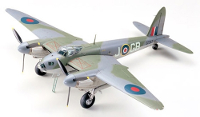
TAMIYA 1/48 DE HAVILLAND MOSQUITO B-MK.IV
Description:
This kit may be assembled into either the B Mk.IV bomber version or the PR Mk.IV photo-reconnaissance version of the multi-role twin-engined de Havilland Mosquito. The distinctive characteristics of these versions, such as the clear nose, canopy bulges, and crew access hatch with ladder have all been accurately reproduced. Parts for the bomber version's 500lb bombs and the reconnaissance version's cameras are also included. To top it off, the kit comes with two pilot figures and three marking options, two for B Mk.IV and one for PR Mk,IV.

Our Price: $39.59
- Page 9 of 12 | 140 Total Products
